Research and Results

Fast ForWord is one of the most researched
reading interventions available, with over 250 research studies.
Here is a sampling of some of our research.
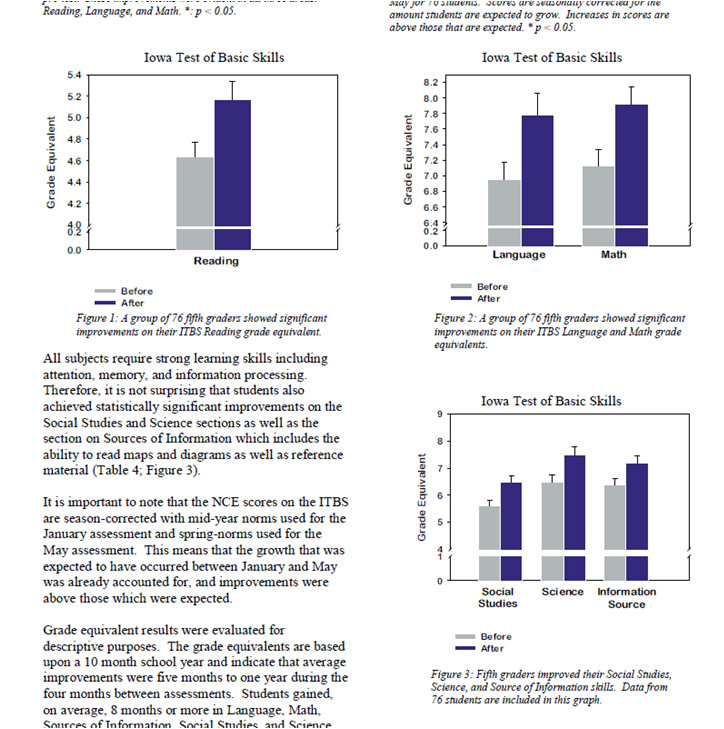
Ekamai International School
On average, after Fast ForWord participation, students showed significant improvement in their reading skills and academic achievement with improvements of 5 months to 1 year in Reading, Language, Math, Social Studies, Science, and Sources of Information, duringthe 4 months between assessments.
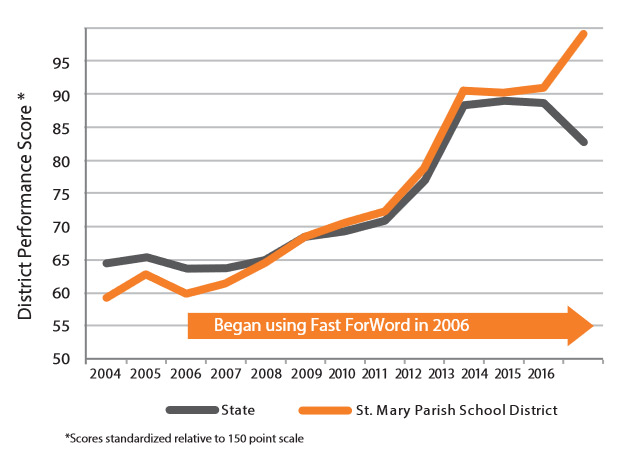
Results from the Classroom
In the years since they started using the Fast ForWord program, schools in the St. Mary Parish School District in Louisiana showed dramatic improvements in their reading achievement as measured by the LEAP English Language Arts assessment.
Massachusetts Institute of Technology; Stanford University; Rutgers University; Dartmouth College; Harvard Medical School
fMRI shows that physiological differences in children with dyslexia can be alleviated through remediation Researchers showed that children with typical reading skills had greater activation in the prefrontal cortex when exposed to rapid transitions than when exposed to slow transitions. Children with dyslexia did not have differentiated activation. Eight weeks of remediation that focused on improved rapid auditory processing and phonological and linguistic training (Fast ForWord) resulted in the children with dyslexia developing differentiated activation to rapid and slow transitions similar to that of children with typical development.
Gaab N, Gabrieli JDE, Deutsch GK, Tallal P, Temple E (2007). Neural correlates of rapid auditory processing are disrupted in children with developmental dyslexia and ameliorated with training: An fMRI study. Restorative Neurology and Neuroscience, 25(2007)295-310.

Nevada Department of Education and The Leadership and Learning Center:
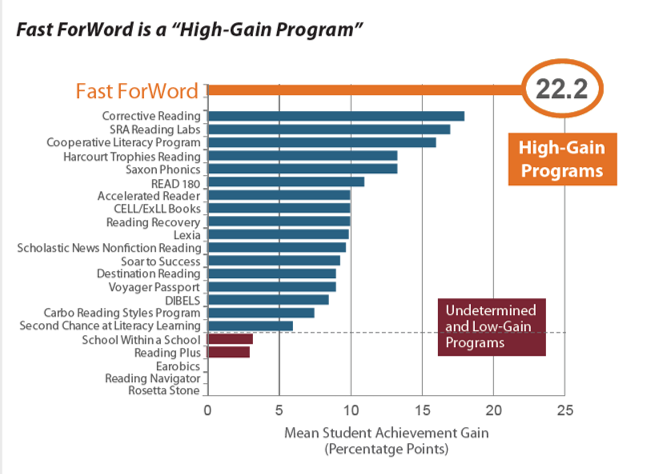
The Nevada Department of Education commissioned the Colorado-based Leadership and Learning Center to conduct an in-depth analysis of programs purchased with Nevada State Bill 185 funds. The report concludes that the Fast ForWord products
increased student reading achievement by an average of 22.2 percentage points. This was the greatest increase of all the programs reviewed, and qualified Fast ForWord as a “High-Gain Program.”
The Nevada Department of Education and The Leadership and Learning Center. (March, 2010). Innovation and Remediation Interim Report: A Collaborative Project between The Nevada Department of Education and The Leadership and Learning Center. Englewood, Colorado.
Schultz Center for Teaching and Leadership; Duval County Public Schools, FL
53.2% of Fast ForWord participants made expected gains More than 23,000 students in first through twelfth grades in Duval County Public Schools used Fast ForWord products between 2006 and 2008. 5,219 participants had FCAT scores from 2006, 2007, and 2008; 5,010 students served in a comparison group. The FCAT’s Annual Learning Gains (ALG) provided the students’ expected gains. Cumulative effects showed that in 2008, 970 more Fast ForWord participants had made expected gains than comparison students.
Divine, K.P. & Botkin, D. (2008). A Study of the Longitudinal Effects of Fast ForWord on Student Performance.
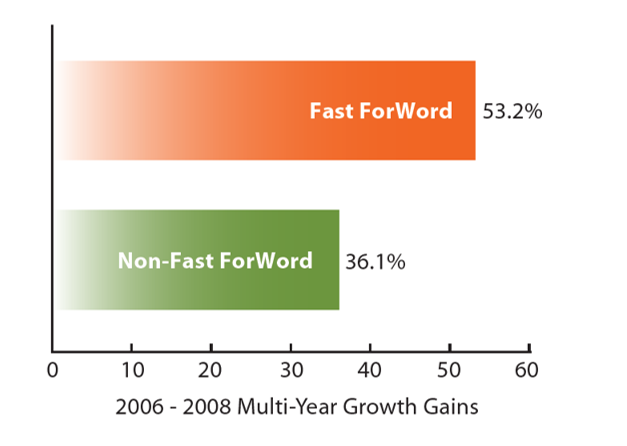
Stanford University; University of California, Los Angeles; Scientific Learning Corporation; Rutgers University; University of California, San Francisco

fMRI shows differences in cortical activation of children with and without dyslexia are diminished following Fast ForWord participation. Researchers used fMRI to show that during phonological awareness tasks, the left hemisphere of children with
typical development (top left) had more coherent activation in cortical regions critical to reading (circled regions) than children with dyslexia (top right). Following training with the Fast ForWord products, the cortical activation in children with dyslexia (bottom) became more similar to the activation of typically-developing children.
Temple E, Deutsch GK, Poldrack RA, Miller SL, Tallal P, Merzenich MM, Gabrieli JD (2003). Neural deficits in children with dyslexia ameliorated by behavioral remediation: Evidence from functional MRI. Proceedings of the National Academy of Sciences, Vol. 100, No. 5: pp. 2860-2865.
St. Mary Parish School District, LA
The percentage of proficient students increased from 55% to 81%
St. Mary Parish School District is a rural district in southern Louisiana. The district started using the Fast ForWord products during the 2006 - 2007 school year, with eight elementary schools that were in Academic Assistance, a designation for schools that fail to improve sufficiently. At the start of the 2008 - 2009 school year, for the first time in years, no schools in the district were rated “Academically Unacceptable.” The graph shows the increased proficiency of fourth graders on the LEAP, Louisiana’s state assessment.
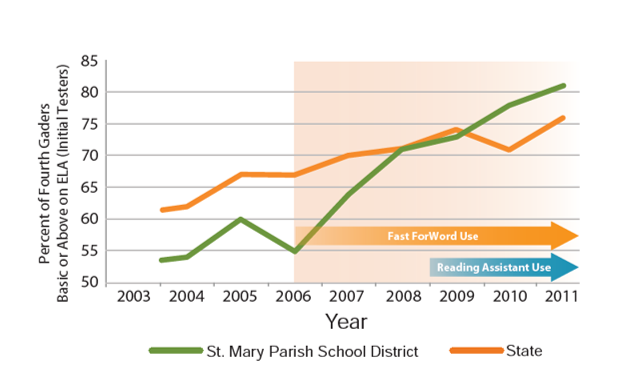
Student gains with Fast ForWord produce classroom, school, and district success.

Harvard Medical School Study (2007)
This study showed effective remediation with the children with developmental dyslexia, and that disrupted brain responsiveness to rapid auditory transitions of non-verbal sounds may be a risk factor for developmental dyslexia. Effective remediation through Fast ForWord can foster neural plasticity that enhances brain responsiveness to rapid auditory transitions as well as improves language and reading skills
 The Stanford Study (2003)
The Stanford Study (2003)
Developmental dyslexia, characterized by unexplained difficulty in reading, is associated with behavioral deficits in phonological processing. The results suggest that a partial remediation of language-processing deficits, resulting in improved reading, ameliorates disrupted function in brain regions associated with phonological processing and produces additional compensatory activation in other brain regions.
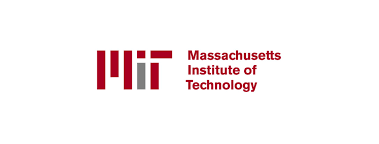 The Mind–Brain Continuum: The MIT Press (1996)
The Mind–Brain Continuum: The MIT Press (1996)
This discusses several aspects of brain activity processes that have been insufficiently studied, and that are crucial to explore to relate brain mechanisms to cognitive functions and behaviors. It briefly summarize the principles of cortical representational plasticity as they were understood at the time.
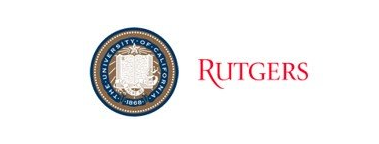 Sound Training Rewires Dyslexic Children's Brains For Reading (2007)
Sound Training Rewires Dyslexic Children's Brains For Reading (2007)
After Fast ForWord training, the children with dyslexia showed brain activity much more like that of the typical-reading group. Furthermore, the dyslexic children's reading scores as a group improved significantly after training (even though the training did not involve reading per se), moving them into the low end of the typical reading range. This study shows that differences in brains of children with developmental dyslexia and typical readers can be changed through intensive training.
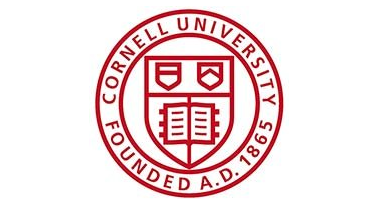 Dyslexia and the Brain: Research Shows that Reading Ability can be Improved
Dyslexia and the Brain: Research Shows that Reading Ability can be Improved
A specific remediation program, Fast ForWord Language, resulted in changes in brain function in children with dyslexia while improving their reading ability. This finding opens up the possibility for future research that explores different interventions and educational strategies. This shows that brain dysfunction in dyslexia can be improved.
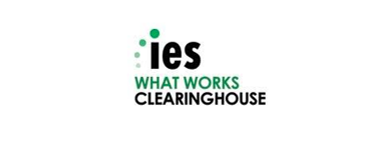 The What Works Clearinghouse (WWC)
The What Works Clearinghouse (WWC)
Identified nine studies of Fast ForWord® that both fall within the scope of the Beginning Reading topic area and meet WWC evidence standards. Seven studies meet standards without reservations and two studies meet WWC evidence standards with reservations, and together, they included 1,390 students from several areas of the United States and Western Australia.


